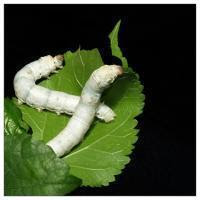Oct. 26, 2014
Dear Colleagues:
Several days have passed since the last interruption. Now I
am writing in a hotel in Shymkent, a third or fourth largest city in the
country. It is in the south of the country, the climate is the same as most
part of Uzbekistan. And in fact there are many Uzbeks live in the region, and
the city is only 2 and half hours to Tashkent, the capital of Uzbekistan.
Comparing to the northern steppe, the city of Turkestan (I
was there yesterday) and Shymkent are much warmer and suitable for agriculture.
Many sorts of crops and fruits grow here.
In Turkestan (Oct.25) yesterday, the weather was so warm and
pleasant that the guide Maria (half Russian half Armenian) and I sat in a park
for a long time talking about her family story. On her father’s side, her great
grandfather was afraid of Bolshevik for he was a business owner (just a shoemaker!!)
and escaped Armenia to the mountains of Kyrgyzstan at the beginning of the
twentieth century. Maria’s mother is from a Russian family from Kazakhstan
which moved from Russia to Kazakhstan during USSR time as being encouraged to
move to build new cities in the “empty” places (similar to the situation my
parents had. They were assigned to work in Xinjiang to help build New Socialist
Xinjiang, far from their original home).
Modern Turkestan is built upon an ancient city that was an
important trading post on the Silk Road. One can tell why it can be important
especially after being to the north barren steppe. It is close to Sry Darya, the
largest river in Central Asia, the climate, the soil, etc. all ideal for
agriculture and economy.
The importance of the town since Middle Ages is that an Islamic
teacher and philosopher (Yasawi) lived and died here. The town and his tomb
were destroyed by Chingiskhan, but later, Amir Temur ordered to rebuild his
mausoleum.
Between Turkestan and Syhmkent, there is ruined town named
Otrar. This is the place where Amir Temur died.

No comments:
Post a Comment